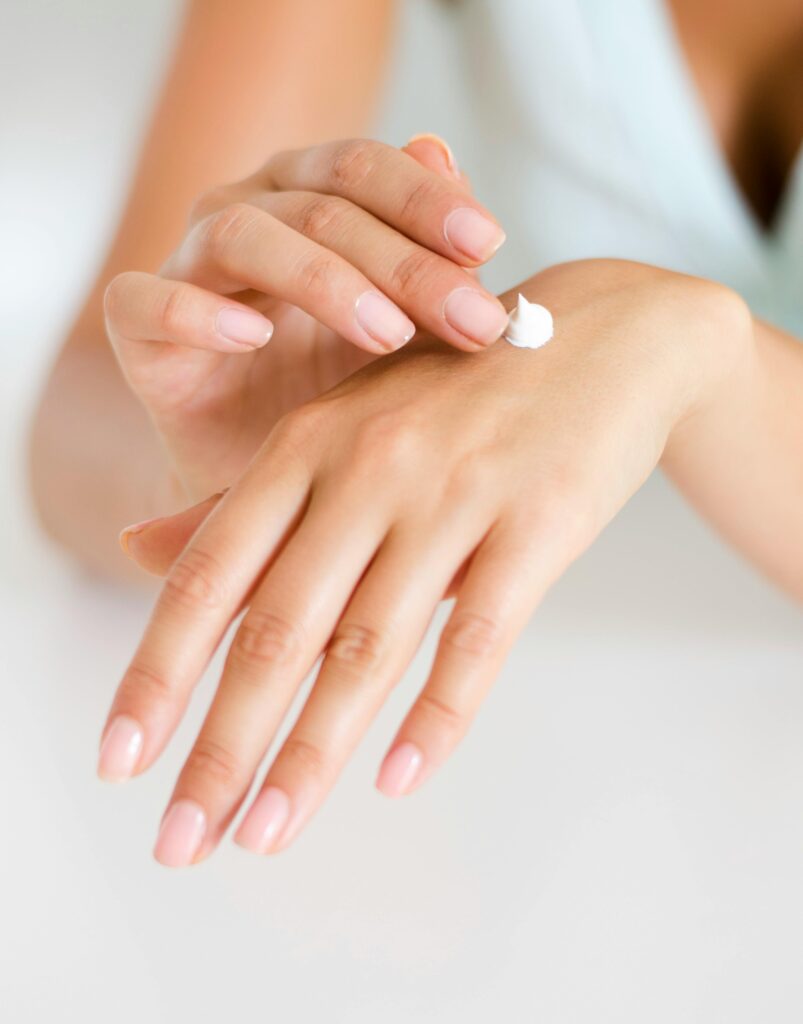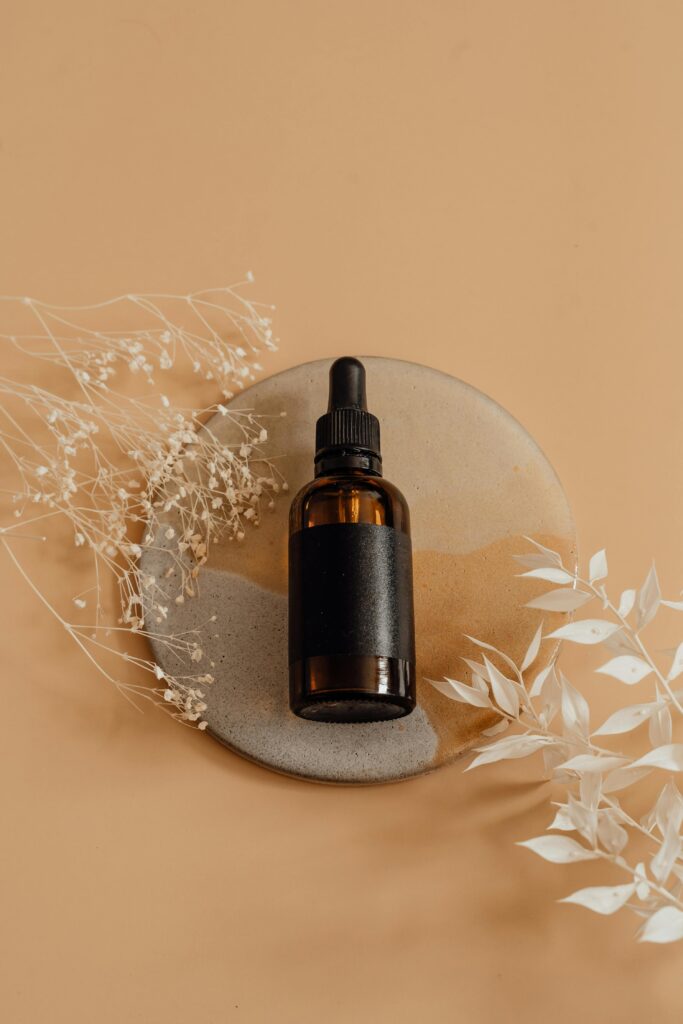What Is Bisabolol and Why Should Your Skin Care?
Have you ever wondered if a single skincare ingredient could calm, brighten, and protect your skin all at once? Bisabolol, a natural compound derived from chamomile and other botanicals, is gaining attention for its soothing and anti-inflammatory properties. But does the science back it up, or is it just another overhyped ingredient? This in-depth exploration will unpack what bisabolol is, how it works, and how to make it work for you, based on the latest scientific evidence.
- What Is Bisabolol and Why Should Your Skin Care?
- What Is Bisabolol? Understanding Its Origins and Composition
- How Bisabolol Works: Mechanisms of Action Explained
- How to Use Bisabolol in Your Skincare Routine
- Potential Drawbacks and Safety Concerns
- Comparing Bisabolol with Other Popular Skincare Actives
- Is Bisabolol Worth Incorporating Into Your Skincare Routine?
What Is Bisabolol? Understanding Its Origins and Composition
Bisabolol, specifically alpha-bisabolol, is a naturally occurring molecule known for its mild, floral scent and skin-calming properties. It’s primarily sourced from German chamomile (Matricaria recutita), but can also be found in other plants. This compound is widely used in skincare for its ability to soothe irritation, reduce redness, and even out skin tone.
Not all bisabolol is created equal. While alpha-bisabolol is the most researched and potent form, beta-bisabolol is less effective in terms of anti-inflammatory and skin-brightening properties. The distinction is critical, as some formulations may use cheaper, synthetic beta-bisabolol, compromising efficacy.
There’s also a cost consideration. Natural bisabolol, extracted from chamomile, can be more expensive, but it often delivers a higher purity and potency. Synthetic versions, while more affordable, may contain mixed isomers, diluting the beneficial alpha-bisabolol content.
Natural vs. Synthetic Bisabolol in Skincare
| Type | Source | Isomer | Potential Benefits | Potential Drawbacks |
| Natural | Chamomile | Alpha | Potent anti-inflammatory, brightening | Higher cost, potential allergen for chamomile-sensitive skin |
| Synthetic | Lab-derived | Alpha/Beta | Cost-effective, consistent supply | May have lower efficacy, mixed isomers |

When selecting a bisabolol skincare, check the label for “natural alpha-bisabolol” to ensure you’re getting the more potent, skin-soothing form.
How Bisabolol Works: Mechanisms of Action Explained
Anti-Inflammatory Effects
Inflammation is a major culprit behind skin conditions like rosacea, eczema, and even acne. Bisabolol addresses this by inhibiting the production of pro-inflammatory cytokines such as TNF-α and IL-6. These cytokines are signalling molecules that trigger redness, swelling, and discomfort in the skin.
In studies using TPA (a compound that induces inflammation in the skin), bisabolol significantly reduced ear edema and inflammatory cell infiltration in mice. Unlike corticosteroids, which can compromise the skin barrier over time, bisabolol calms inflammation without the risks of skin thinning or immune suppression.
Think of bisabolol as a traffic controller for inflammation. Instead of shutting down the entire response, it selectively reduces the overproduction of inflammatory signals, allowing the skin to recover while maintaining its protective functions.

If your skin is prone to redness and irritation, bisabolol offers a gentler alternative to corticosteroids, effectively calming inflammation without the long-term side effects.
Antioxidant Effects
Free radicals – unstable molecules that damage skin cells – are a major cause of premature aging and barrier dysfunction. Bisabolol counters this by scavenging reactive oxygen species (ROS) and reducing lipid peroxidation, a process where free radicals attack fats in the skin barrier, causing dryness and irritation.
Imagine bisabolol as a shield that intercepts free radicals before they can wreak havoc on your skin. By neutralizing these damaging molecules, it helps maintain skin elasticity and moisture, making it a valuable addition to antioxidant-rich skincare products.

Bisabolol is more than just a calming agent – it actively defends against oxidative stress, reinforcing the skin barrier and preventing signs of aging.
Skin Brightening and Depigmentation
Hyperpigmentation, whether from sun exposure, acne scars, or hormonal changes, can be stubborn and challenging to treat. Bisabolol offers a gentle but effective alternative to harsher brightening agents like hydroquinone and kojic acid by targeting melanin production at its source.
In a clinical study involving 28 Asian women, applying a 0.5% bisabolol cream for eight weeks led to a 24% reduction in pigmentation, as measured by spectrophotometric analysis. Bisabolol achieves this effect by inhibiting cAMP signaling, a pathway that activates melanin production via the CREB protein.

For those struggling with dark spots or uneven skin tone, bisabolol offers a milder, safer alternative to conventional brightening agents – without the risk of irritation or rebound pigmentation.
How to Use Bisabolol in Your Skincare Routine
Choosing the right formulation is crucial for bisabolol to deliver its full range of benefits. As a lipophilic compound, bisabolol is best suited for oil-in-water emulsions or oil-based serums that enhance penetration and stabilize the active ingredient.
Optimal Formulation Types
- Oil-in-Water Emulsions (creams and lotions): Ideal for sensitive skin; delivers bisabolol effectively while maintaining moisture balance.
- Anhydrous Balms: Protects bisabolol from oxidation, extending its shelf life.
- Serums: Lightweight and suitable for targeted treatment of hyperpigmentation or post-inflammatory redness.
Recommended Concentrations
- Anti-inflammatory: 0.3% to 1% – Clinical evidence suggests 1% is safe and effective for reducing redness and irritation.
- Brightening: 0.5% – Based on the Asian women study, 0.5% was the optimal concentration for lightening dark spots without causing irritation.
Pro Tip: To maximize efficacy, apply bisabolol serums under a ceramide-rich moisturizer to lock in hydration and further calm the skin barrier.
Layering and Pairing Strategies
- Pair with humectants like hyaluronic acid or glycerin to enhance skin hydration.
- Avoid potent exfoliants (e.g., retinoids, high-strength AHAs) to prevent potential irritation.
- Apply post-peel or after sun exposure to calm the skin and prevent redness.

The efficacy of bisabolol skincare largely depends on formulation and concentration – look for 0.3% to 1% concentrations.
Pro Tip: To maximize bisabolol’s stability and effectiveness, consider formulations containing tocopherol (Vitamin E), which can prevent oxidation and maintain potency.
Potential Drawbacks and Safety Concerns
While bisabolol is widely regarded as a calming and gentle ingredient, its potential drawbacks should not be overlooked. Understanding these risks helps to ensure safer, more targeted use.
Potential Irritation and Allergies
Bisabolol is derived from chamomile, a known allergen for those with ragweed or asteraceae family sensitivities. While bisabolol itself is generally considered low-risk, individuals with plant allergies should approach it with caution. A patch test is recommended, particularly for those with a history of plant allergies or skin sensitivities.
Stability Concerns: Oxidation and Degradation
Bisabolol’s structure makes it susceptible to oxidation, which can compromise its efficacy. Exposure to light and air can degrade its anti-inflammatory and antioxidant properties. To mitigate this risk, choose products in opaque, airtight packaging and store them away from direct sunlight.
In formulations, pairing bisabolol with antioxidants such as Vitamin E or ascorbic acid (Vitamin C) can further enhance stability and reduce oxidation risk.
Overuse and Potential Interactions
Overuse of bisabolol, especially when combined with potent actives like AHAs or retinoids, may increase irritation risk. Although bisabolol is generally well-tolerated, its calming effects do not prevent irritation from other active ingredients. Those with compromised skin barriers should limit use to once daily and avoid combining bisabolol with high-strength acids or exfoliants.

To keep bisabolol effective, look for products in dark, airtight packaging and with added antioxidants like Vitamin E or Vitamin C to prevent it from breaking down.
Comparing Bisabolol with Other Popular Skincare Actives
In the realm of anti-inflammatory and brightening skincare ingredients, bisabolol is often compared to niacinamide and hydroquinone. While each has its unique mechanisms, bisabolol’s primary strength lies in its gentle, cumulative effects rather than immediate, aggressive action.
Bisabolol vs. Niacinamide
Both bisabolol and niacinamide offer anti-inflammatory and brightening benefits, but they function differently. Niacinamide regulates sebum production and fortifies the skin barrier, making it ideal for oily and acne-prone skin. Bisabolol, on the other hand, targets inflammatory mediators directly, reducing redness without altering sebum production.
Bisabolol vs. Hydroquinone
Hydroquinone is a potent melanin inhibitor but carries significant risks, including rebound pigmentation and skin sensitization with prolonged use. Bisabolol provides a milder alternative, reducing pigmentation through the cAMP signaling pathway without disrupting the skin barrier. While it may not deliver rapid brightening like hydroquinone, it is far less likely to cause irritation or rebound pigmentation.
| Ingredient | Primary Benefits | Potential Drawbacks |
| Niacinamide | Reduces sebum, strengthens barrier | Potential for flushing in sensitive skin |
| Hydroquinone | Rapid pigmentation reduction | High irritation risk, rebound pigmentation potential |
| Bisabolol | Anti-inflammatory, gentle brightening | Potential allergen for chamomile-sensitive skin |

Bisabolol may not deliver the immediate results of hydroquinone or the oil-control of niacinamide, but its cumulative, calming effects make it an excellent option for sensitive or compromised skin.
Is Bisabolol Worth Incorporating Into Your Skincare Routine?
Bisabolol offers a unique blend of anti-inflammatory, antioxidant, and brightening properties, making it a valuable addition to skincare routines focused on calming and protecting the skin. While it may not deliver the rapid, dramatic results of hydroquinone or retinoids, its gentle approach makes it particularly suitable for sensitive skin or those prone to irritation.
For best results, choose bisabolol products formulated with stabilizing antioxidants, and consider its use in emulsion-based or anhydrous formulations to prevent oxidation.

Key Takeaway: Bisabolol is not a quick-fix active but a cumulative, skin-soothing molecule.
For those seeking a gentle, scientifically supported approach to calming, protecting, and brightening the skin, bisabolol is a compelling, versatile option.
Ready to explore bisabolol in your skincare routine? Look for formulations that prioritize stabilized bisabolol, ideally paired with antioxidants like Vitamin E or Vitamin C to maximize its efficacy.
Have questions or want personalized recommendations? Drop a comment below, and let’s talk skincare!
Talk to you soon!
Dr Bozica
References:
https://link.springer.com/article/10.1007/s11746-009-1483-3
https://www.sciencedirect.com/science/article/pii/S0024320522004283
https://onlinelibrary.wiley.com/doi/full/10.1111/j.1468-2494.2010.00560.x
https://www.benthamdirect.com/content/journals/cpb/10.2174/1389201015666140528152946